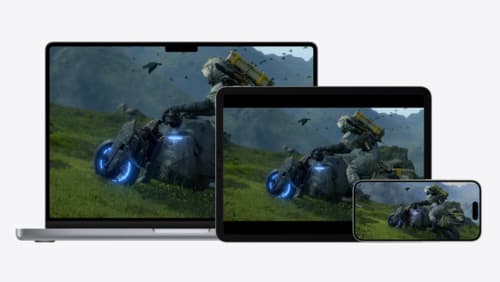How do I run stable diffusion in an iPad?
Asked on 2024-07-31
1 search
To run Stable Diffusion on an iPad, you can follow these steps:
-
Model Preparation:
- Start with a pre-trained model, such as one from PyTorch.
- Convert the model into Core ML format using Core ML tools. This involves optimizing the model for performance and size, which is crucial for running on mobile devices like the iPad. Techniques such as quantization can help reduce the model size significantly.
-
Model Compression:
- Compress the model to fit within the constraints of the iPad. For instance, applying 6-bit palletization can reduce the model size to below 2 GB, making it feasible to run on an iPad. However, be cautious with compression as it can affect the model's accuracy.
-
Integration with Apple Frameworks:
- Use the Core ML framework to load and execute the model on the iPad. Core ML optimizes hardware-accelerated execution across the CPU, GPU, and Neural Engine, ensuring efficient performance.
-
Deployment:
- Write the necessary code to integrate the model within your app. This includes handling the model's input and output, and ensuring it runs smoothly on the iPad.
For a detailed walkthrough, you can refer to the session Explore machine learning on Apple platforms (07:32) which covers the steps to get a model ready to run in your app.
Relevant Sessions
- Explore machine learning on Apple platforms
- Platforms State of the Union
- Bring your machine learning and AI models to Apple silicon
These sessions provide comprehensive insights into preparing and running machine learning models, including Stable Diffusion, on Apple devices.

Bring your machine learning and AI models to Apple silicon
Learn how to optimize your machine learning and AI models to leverage the power of Apple silicon. Review model conversion workflows to prepare your models for on-device deployment. Understand model compression techniques that are compatible with Apple silicon, and at what stages in your model deployment workflow you can apply them. We’ll also explore the tradeoffs between storage size, latency, power usage and accuracy.

Port advanced games to Apple platforms
Discover how simple it can be to reach players on Apple platforms worldwide. We’ll show you how to evaluate your Windows executable on Apple silicon, start your game port with code samples, convert your shader code to Metal, and bring your game to Mac, iPhone, and iPad. Explore enhanced Metal tools that understand HLSL shaders to validate, debug, and profile your ported shaders on Metal.

Platforms State of the Union
Discover the newest advancements on Apple platforms.
